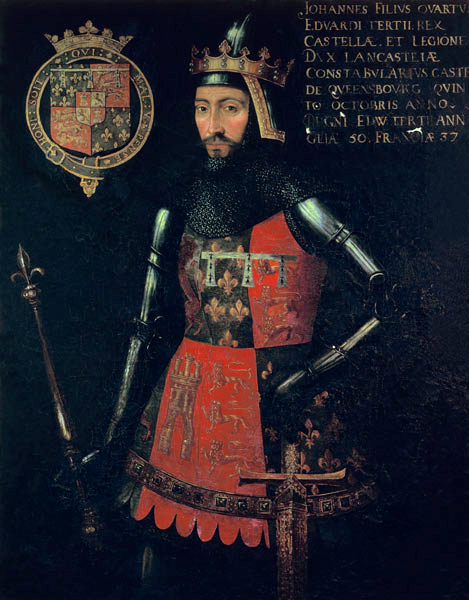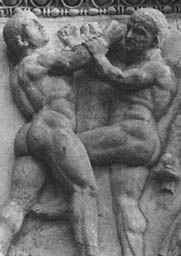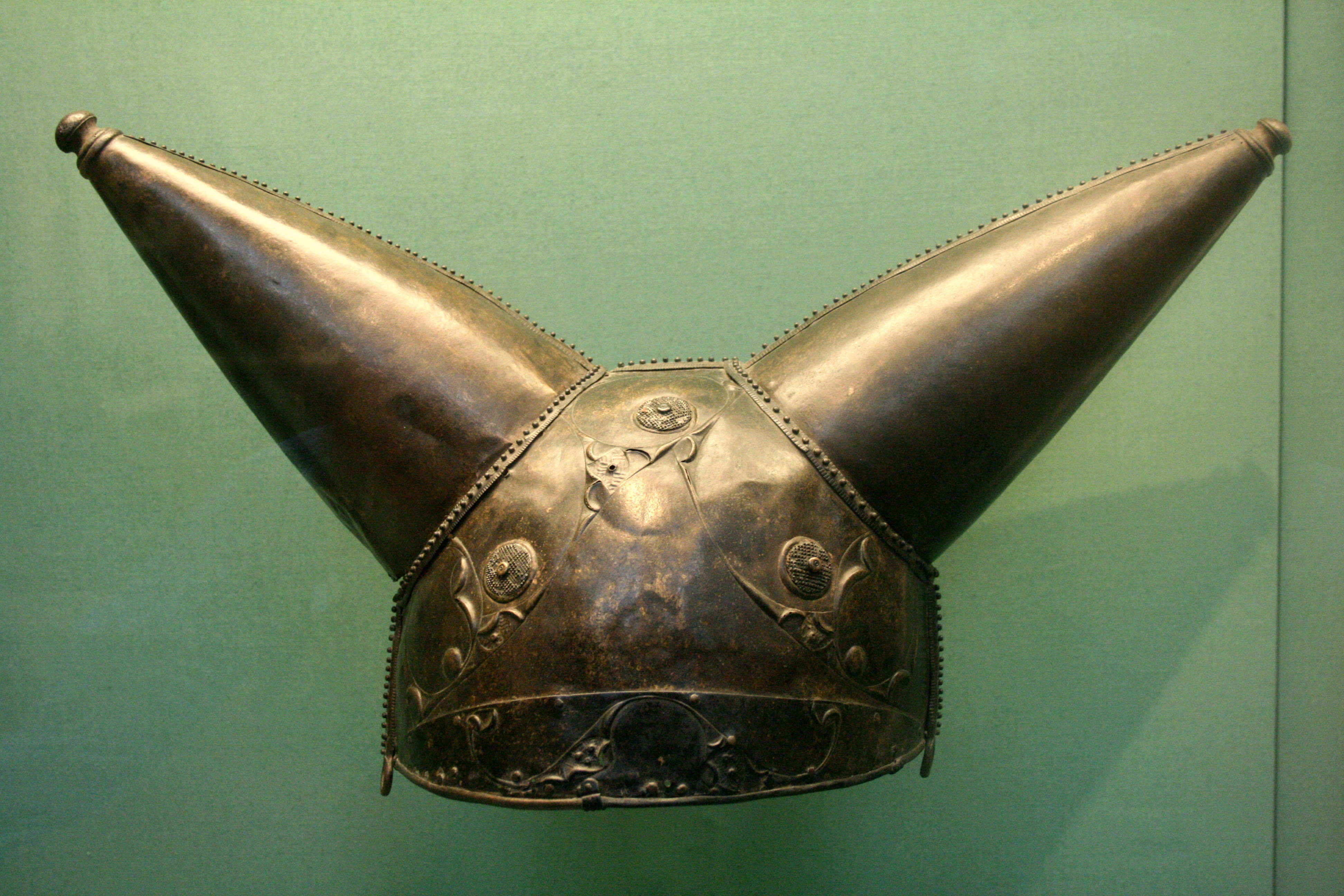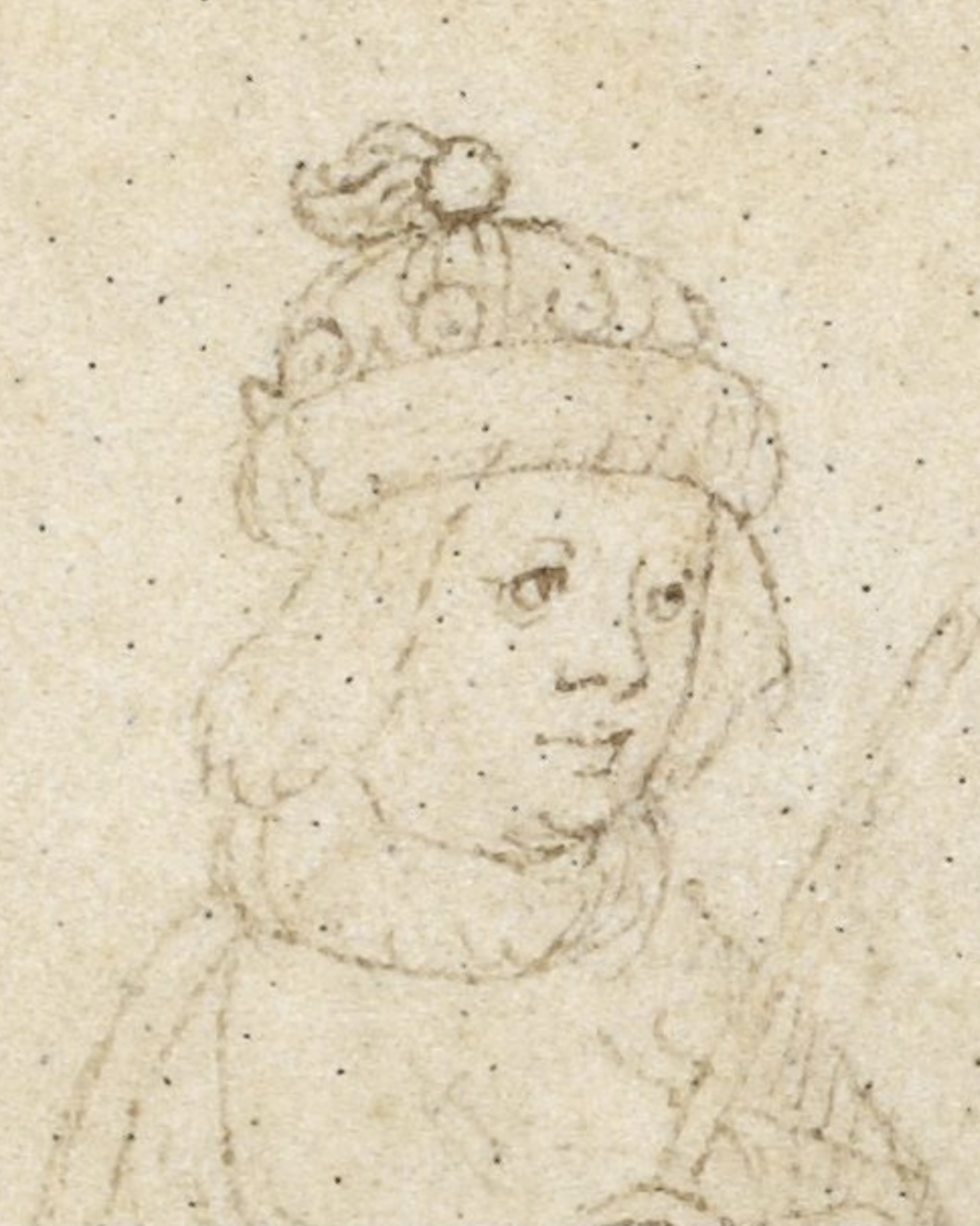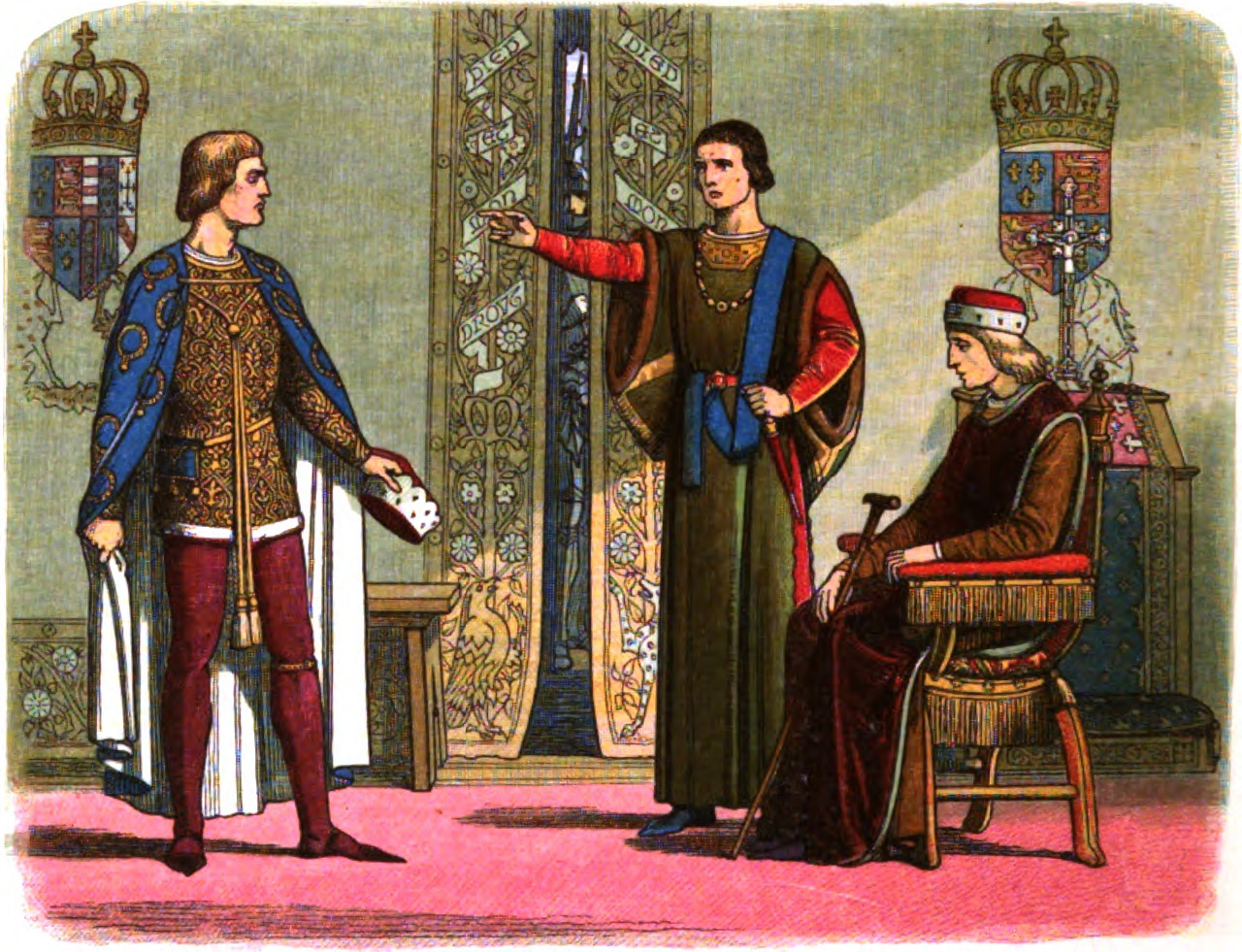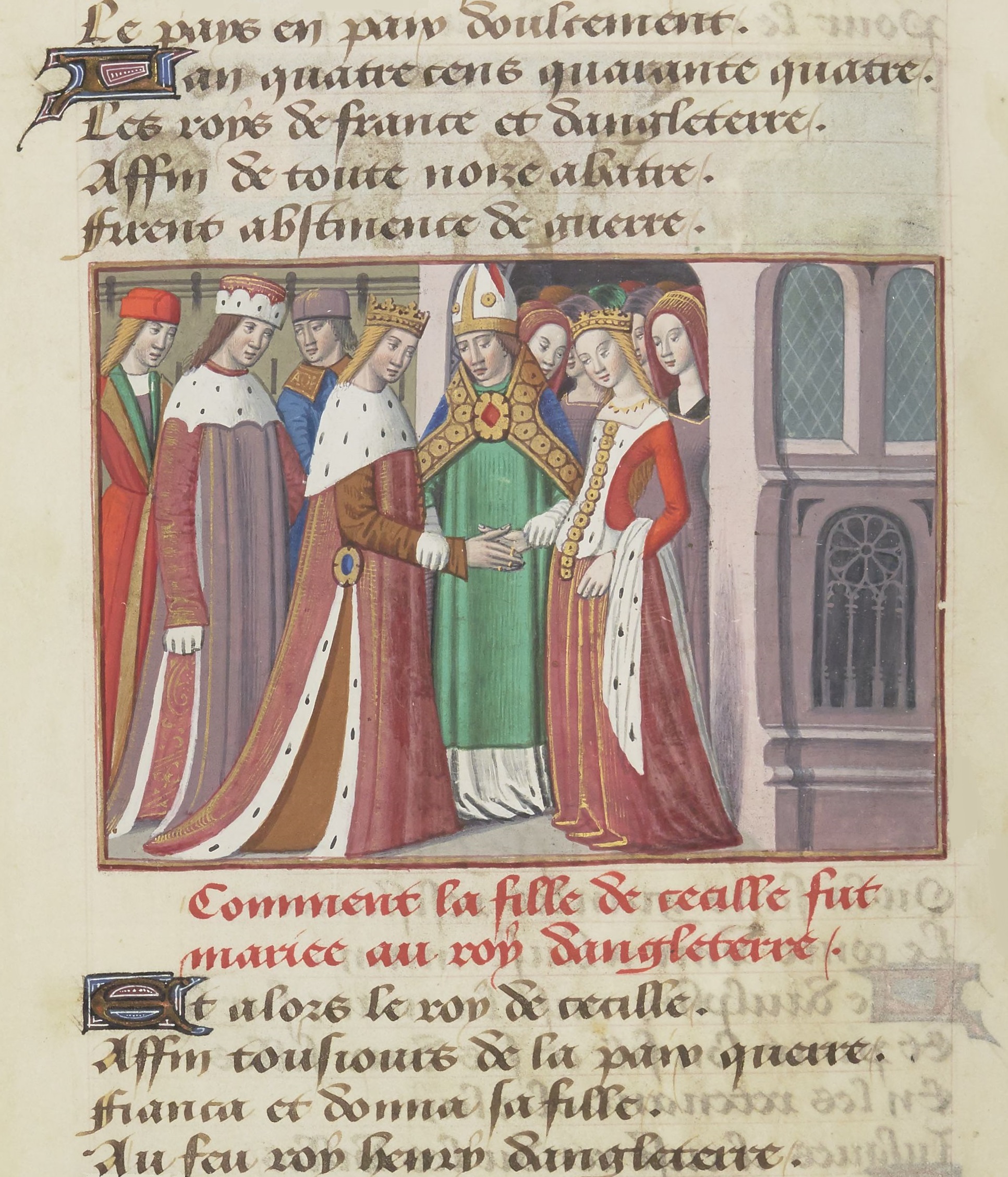|
Battle Of Towton
The Battle of Towton took place on 29 March 1461 during the Wars of the Roses, near Towton in North Yorkshire, and "has the dubious distinction of being probably the largest and bloodiest battle on English soil". Fought for ten hours between an estimated 50,000 soldiers in a snowstorm on Palm Sunday, the Yorkist army achieved a decisive victory over their House of Lancaster, Lancastrian opponents. As a result, Edward IV deposed the Lancastrian Henry VI of England, Henry VI and secured the English throne. Henry VI succeeded his father, Henry V of England, Henry V, when he was nine months old in 1422, but was a weak, ineffectual and mentally unsound ruler, which encouraged the nobles to scheme for control over him. The situation deteriorated in the 1450s into a civil war between his House of Beaufort, Beaufort relatives and his wife, Margaret of Anjou, Queen Margaret, on one side, with those of his cousin Richard, Duke of York, on the other. In October 1460, Parliament of En ... [...More Info...] [...Related Items...] OR: [Wikipedia] [Google] [Baidu] |
Wars Of The Roses
The Wars of the Roses, known at the time and in following centuries as the Civil Wars, were a series of armed confrontations, machinations, battles and campaigns fought over control of the English throne from 1455 to 1487. The conflict was fought between supporters of the House of Lancaster and House of York, two rival cadet branches of the royal House of Plantagenet. The conflict resulted in the end of Lancaster's male line in 1471, leaving the Tudors of Penmynydd, Tudor family to inherit their claim to the throne through the female line. Conflict was largely brought to an end upon the union of the two houses through marriage, creating the Tudor dynasty that would subsequently rule England. The Wars of the Roses were rooted in English socio-economic troubles caused by the Hundred Years' War (1337–1453) with France, as well as the quasi-military bastard feudalism resulting from the powerful duchies created by King Edward III. The mental instability of King Henry VI of Englan ... [...More Info...] [...Related Items...] OR: [Wikipedia] [Google] [Baidu] |
Edward IV
Edward IV (28 April 1442 – 9 April 1483) was King of England from 4 March 1461 to 3 October 1470, then again from 11 April 1471 until his death in 1483. He was a central figure in the Wars of the Roses, a series of civil wars in England fought between the Yorkist and House of Lancaster, Lancastrian factions between 1455 and 1487. Edward inherited the Act of Accord, Yorkist claim to the throne at the age of eighteen when his father, Richard, Duke of York, was killed at the Battle of Wakefield in December 1460. After defeating Lancastrian armies at Mortimer's Cross and Battle of Towton, Towton in early 1461, he deposed King Henry VI and took the throne. His marriage to Elizabeth Woodville in 1464 led to conflict with his chief advisor, Richard Neville, Earl of Warwick, known as the "Kingmaker". In 1470, a revolt led by Warwick and Edward's brother George, Duke of Clarence, briefly Readeption of Henry VI, re-installed Henry VI. Edward fled to Flanders, where he gathered sup ... [...More Info...] [...Related Items...] OR: [Wikipedia] [Google] [Baidu] |
Battle Icon Active (crossed Swords)
A battle is an occurrence of combat in warfare between opposing military units of any number or size. A war usually consists of multiple battles. In general, a battle is a military engagement that is well defined in duration, area, and force commitment. An engagement with only limited commitment between the forces and without decisive results is sometimes called a skirmish. The word "battle" can also be used infrequently to refer to an entire operational campaign, although this usage greatly diverges from its conventional or customary meaning. Generally, the word "battle" is used for such campaigns if referring to a protracted combat encounter in which either one or both of the combatants had the same methods, resources, and strategic objectives throughout the encounter. Some prominent examples of this would be the Battle of the Atlantic, Battle of Britain, and the Battle of France, all in World War II. Wars and military campaigns are guided by military strategy, whereas batt ... [...More Info...] [...Related Items...] OR: [Wikipedia] [Google] [Baidu] |
Hand-to-hand Combat
Hand-to-hand combat is a physical confrontation between two or more persons at short range (grappling distance or within the physical reach of a handheld weapon) that does not involve the use of ranged weapons.Hunsicker, A., ''Advanced Skills in Executive Protection'', Boca Raton FL: Universal Publishers, , , p. 51 The phrase "hand-to-hand" sometimes includes use of melee weapons such as knives, swords, Club (weapon), clubs, spears, axes, or improvised weapons such as entrenching tools. While the term "hand-to-hand combat" originally referred principally to engagements by combatants on the battlefield, it can also refer to any personal physical engagement by two or more people, including law enforcement officers, civilians, and criminals. Combat within close quarters, to a range just beyond grappling distance, is commonly termed close combat or close-quarters combat. It may include lethal and non-lethal weapons and methods depending upon the restrictions imposed by civilian law, ... [...More Info...] [...Related Items...] OR: [Wikipedia] [Google] [Baidu] |
City Of London
The City of London, also known as ''the City'', is a Ceremonial counties of England, ceremonial county and Districts of England, local government district with City status in the United Kingdom, city status in England. It is the Old town, historic centre of London, though it forms only a small part of the larger Greater London metropolis. The City of London had a population of 8,583 at the 2021 United Kingdom census, 2021 census, however over 500,000 people were employed in the area as of 2019. It has an area of , the source of the nickname ''the Square Mile''. The City is a unique local authority area governed by the City of London Corporation, which is led by the Lord Mayor of London, Lord Mayor of the City of London. Together with Canary Wharf and the West End of London, West End, the City of London forms the primary central business district of London, which is one of the leading financial centres of the world. The Bank of England and the London Stock Exchange are both ba ... [...More Info...] [...Related Items...] OR: [Wikipedia] [Google] [Baidu] |
Battle Of Wakefield
The Battle of Wakefield took place in Sandal Magna near Wakefield in northern England, on 30 December 1460. It was a major battle of the Wars of the Roses. The opposing forces were an army led by nobles loyal to the captive King Henry VI of the House of Lancaster and his Queen Margaret of Anjou on one side, and the army of Richard, Duke of York, the rival claimant to the throne, on the other. For several years before the battle, the Duke of York had become increasingly opposed to the weak King Henry's court. After open warfare broke out between the factions and Henry became his prisoner, he laid claim to the throne, but lacked sufficient support. Instead, in an agreement known as the Act of Accord, he was made Henry's heir to the throne, displacing from the succession Henry's and Margaret's 7-year-old son Edward, Prince of Wales. Margaret of Anjou and several prominent nobles were irreconcilably opposed to this accord, and massed their armies in the north. Richard of Yor ... [...More Info...] [...Related Items...] OR: [Wikipedia] [Google] [Baidu] |
Edmund, Earl Of Rutland
Edmund, Earl of Rutland (17 May 1443 – 30 December 1460) was the fourth child and second surviving son of Richard Plantagenet, 3rd Duke of York, and Cecily Neville. He was a younger brother of Edward IV, Edward, Earl of March, the future King Edward IV who came to the throne in 1461, the year after Edmund's death. He was born in Rouen, then the capital of English-occupied France and his father held the office of Lieutenant of France. He was killed at the age of 17 either during or shortly after the Battle of Wakefield, during the Wars of the Roses. He was created Earl of Rutland by King Henry VI probably at some time before 1454, aged about 11, as Edmund and his elder brother Edward signed a letter to their father on 14 June 1454 as "E. Rutland" and "E. Marche". No record of the creation survives. Lord Chancellor of Ireland In 1451, Edmund's father, who held the title of Lord Lieutenant of Ireland, appointed Edmund as Lord Chancellor of Ireland. As Edmund was underage, the du ... [...More Info...] [...Related Items...] OR: [Wikipedia] [Google] [Baidu] |
Edward Of Westminster, Prince Of Wales
Edward of Westminster (13 October 1453 – 4 May 1471), also known as Edward of Lancaster, was the only child of Henry VI of England and Margaret of Anjou. He was killed aged seventeen at the Battle of Tewkesbury. Early life Edward was born at the Palace of Westminster, London,R. A. Griffiths, 'Edward, prince of Wales (1453–1471)', ''Oxford Dictionary of National Biography'', Oxford University Press, 2004 the only child of Henry VI of England and his wife, Margaret of Anjou. At the time, there was strife between Henry's supporters and those of Richard of York, 3rd Duke of York, who had a claim to the throne and challenged the authority of Henry's officers of state. Henry was suffering from mental illness, and there were widespread rumours that the prince was the result of an affair between his mother and one of her loyal supporters. Edmund Beaufort, 2nd Duke of Somerset, and James Butler, 5th Earl of Ormond, were both suspected of fathering Prince Edward; however, there is no f ... [...More Info...] [...Related Items...] OR: [Wikipedia] [Google] [Baidu] |
Act Of Accord
The Act of Accord (39 Hen. 6) was an Act of Parliament, act of the Parliament of England. It was passed on 25 October 1460 during a period of intense political division and partisanship at the top of government. Three weeks earlier, Richard of York, Richard, Duke of York had entered the Council Chamber—in the presence of several lords—and laid his hand on the empty throne, claiming the crown of England. His grounds were that he and Henry VI of England, King Henry VI were both direct descendants of Edward III of England, Edward III, but York possessed two claims, through both the male and female lines, and Henry's was through only one. Following discussions between Royal justices, York and Parliament, the House of Lords decided that Henry was to retain the crown for life, but York and his heirs were to succeed him. This automatically removed Henry's son, Edward of Westminster, Edward, Prince of Wales, from the succession. Henry agreed to the compromise, which became the Act of ... [...More Info...] [...Related Items...] OR: [Wikipedia] [Google] [Baidu] |
Parliament Of England
The Parliament of England was the legislature of the Kingdom of England from the 13th century until 1707 when it was replaced by the Parliament of Great Britain. Parliament evolved from the Great Council of England, great council of Lords Spiritual, bishops and Peerages in the United Kingdom, peers that advised the History of the English monarchy, English monarch. Great councils were first called Parliaments during the reign of Henry III of England, Henry III (). By this time, the king required Parliament's consent to levy taxation. Originally a Unicameralism, unicameral body, a Bicameralism, bicameral Parliament emerged when its membership was divided into the House of Lords and House of Commons of England, House of Commons, which included Knight of the shire, knights of the shire and Burgess (title), burgesses. During Henry IV of England, Henry IV's reign, the role of Parliament expanded beyond the determination of taxation policy to include the "redress of grievances", whi ... [...More Info...] [...Related Items...] OR: [Wikipedia] [Google] [Baidu] |
Richard, Duke Of York
Richard of York, 3rd Duke of York (21 September 1411 – 30 December 1460), also named Richard Plantagenet, was a leading English magnate and claimant to the throne during the Wars of the Roses. He was a member of the ruling House of Plantagenet by virtue of being a direct male-line descendant of Edmund of Langley, King Edward III's fourth surviving son. However, it was through his mother, Anne Mortimer, a descendant of Edward III's second surviving son, Lionel of Antwerp, that Richard inherited his strongest claim to the throne, as the opposing House of Lancaster was descended from John of Gaunt, Duke of Lancaster, the third surviving son of Edward III. He also inherited vast estates and served in various offices of state in Ireland, France and England, a country he ultimately governed as Lord Protector due to the mental instability of King Henry VI. Richard's conflicts with Henry's wife, Margaret of Anjou, and other members of Henry's court, such as Edmund Beaufort, ... [...More Info...] [...Related Items...] OR: [Wikipedia] [Google] [Baidu] |
Margaret Of Anjou
Margaret of Anjou (; 23 March 1430 – 25 August 1482) was Queen of England by marriage to King Henry VI from 1445 to 1461 and again from 1470 to 1471. Through marriage, she was also nominally Queen of France from 1445 to 1453. Born in the Duchy of Lorraine into the House of Valois-Anjou, Margaret was the second eldest daughter of René of Anjou King of Naples, and Isabella, Duchess of Lorraine. Margaret was one of the principal figures in the series of dynastic civil wars known as the Wars of the Roses and at times personally led the Lancastrian faction. Some of her contemporaries, such as the Duke of Suffolk, praised "her valiant courage and undaunted spirit" and the 16th-century historian Edward Hall described her personality in these terms: "This woman excelled all other, as well in beauty and favour, as in wit and policy, and was of stomach and courage, more like to a man, than a woman". Owing to her husband's frequent bouts of insanity, Margaret ruled the kingdom ... [...More Info...] [...Related Items...] OR: [Wikipedia] [Google] [Baidu] |
